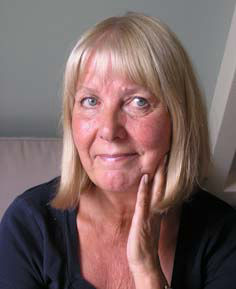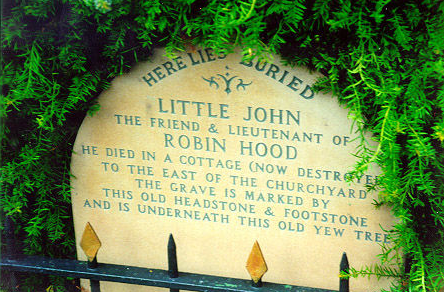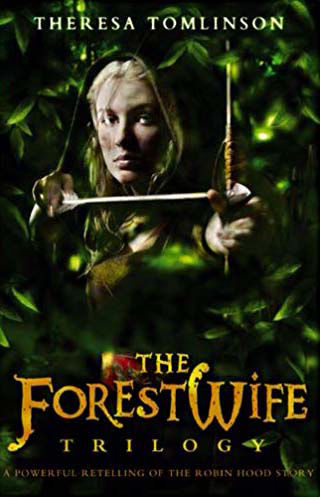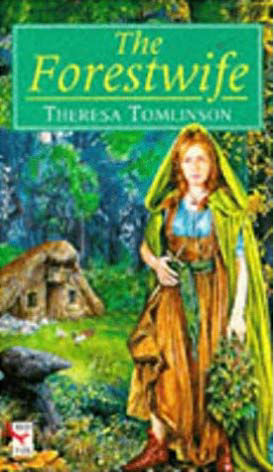Writing for children and adults
AWW:
The third book in the series, The Path of the She-Wolf, does not
appear to be available in North America. Are there any plans to release it?
TT:
This is a rather sad problem for me. The USA publishers felt that I had
made the third part of the trilogy more adult than the first two books and,
therefore, didn't take it on. I haven't given up hope that it will eventually
be published in USA, but there are no plans for it at the moment. At the
same time I have a another problem, The Forestwife is now out of print
in UK though I still hope it will be reprinted. I suppose these are the sort
of difficulties that most sequel writers come up against at times and there
seems to be little that I can do to put it right. [The series was later reprinted both in the UK and the US as an omnibus edition.]
AWW:
I think The Forestwife can be enjoyed by all ages. How do you
think writing young adult fiction differs from writing fiction strictly for
adults? Or writing for even younger audiences?
TT:
In a way this relates to the question above. When I am writing for young
adults e.g. The Forestwife, I simply write for myself and this
seems to be as adult as I can get (Perhaps this means that I'm childlike
or maybe young at heart!) However ... perhaps there are times when this method
does overstep the boundary as far as ageing books for the market is concerned,
so that a story sometimes develops a slightly more adult theme. I'm afraid
this is the only way that I know how to be sincere for this age group and
I do believe that teenagers want well written, fast moving stories that do
explore adult themes. I love to have a book for younger children on the go
at the same time. If I get tired of one manuscript, I just flip over to the
other. Writing for younger children is a relief at times, as I feel that anything
magical can happen and the simplicity that's acceptable for the younger age
range is a pleasant change.
AWW:
What kind of response have you had with the Forestwife series?
TT:
I have had a very enthusiastic response from young girls in USA and I do
get quite a lot of letters and emails about the two books that are published
there. There has not been such a good response from the UK. I don't know
why this is. I think it doesn't help that the first book of the trilogy is
out of print at the moment.
AWW:
Is there anything else you would like to add?
TT:
No , I think your questions have covered everything that is important, and
I've been pleased to have an opportunity to do this.
AWW:
Thanks very much for your informative answers.
Please visit Theresa Tomlinson's
Official Website.
For
those interested in the ballad about Robin Hood's time as a fisherman, which
Theresa mentioned, check out Robin Hood's
Fishing at the Robin Hood Project at the University of Rochester.
The ballad is preceded by a scholarly introduction by Stephen Knight and
Thomas H. Ohlgren.







Contact Us